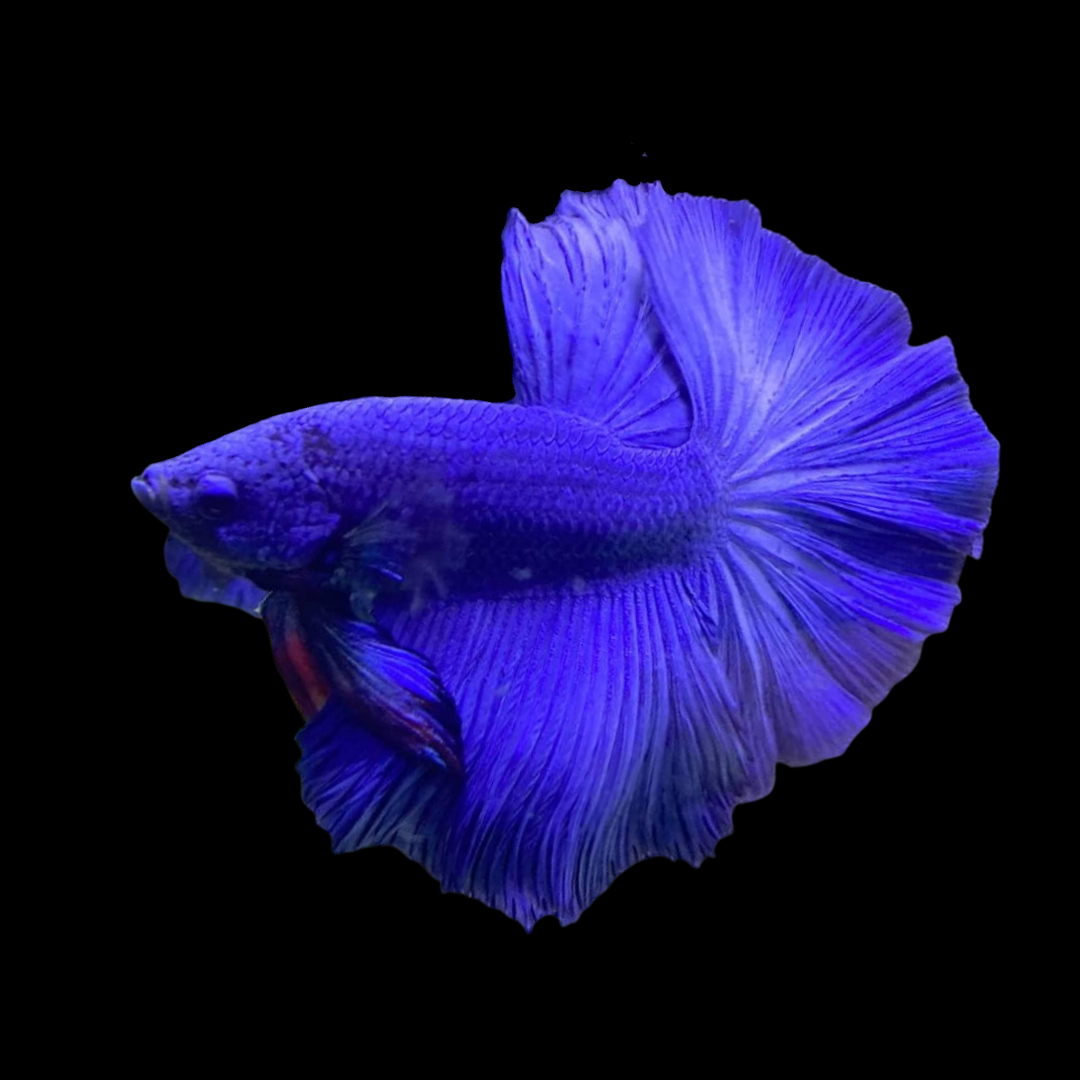Understanding Betta Fish Behavior: What Every Owner Should Know
Understanding Betta Fish Behavior: What Every Owner Should Know
Blog Article
Just How to Breed Betta Fish Efficiently: Professional Techniques and Insights for Hobbyists Aiming To Broaden Their Betta Collection
Reproducing Betta fish requires a nuanced understanding of genetics and environmental problems, making it crucial for hobbyists to approach the process with both persistance and treatment. Creating an ideal breeding environment, selecting the best sets, and observing the details of their courtship behaviors are foundational steps that can substantially impact the result.
Comprehending Betta Fish Genes
Comprehending the genetics of Betta fish is essential for successful breeding, as it influences traits such as shade, fin form, and habits. Betta fish exhibit a varied selection of shades and patterns, mostly identified by their genetic make-up.
In enhancement to pigmentation, fin morphology is one more considerable aspect of Betta genes (betta fish). The form and size of fins are affected by different genes, consisting of those that establish whether the fins are short, long, or veil-shaped. Understanding these genetic variants assists breeders forecast the phenotypic results of their offspring
In addition, behavioral traits such as aggression and territoriality can likewise be influenced by genes. These behaviors play an important role in the reproducing process, as they can affect generating success and the overall personality of the resulting fry. By comprehensively recognizing these genetic principles, breeders can make enlightened decisions, eventually enhancing their reproduction programs and achieving preferable results.
Preparing the Reproduction Environment
Creating an ideal reproduction environment is crucial for the effective reproduction of Betta fish. The very first action in preparing this atmosphere is to pick a suitable breeding storage tank, preferably varying from 5 to 10 gallons.
Next, consider making use of a sponge filter or an air rock to provide gentle water flow without developing solid currents that can stress the fish. It is vital to set up plants or reproducing cones to supply concealing places and advertise comfort for the woman throughout the spawning procedure. Drifting plants, such as Java moss or water sprite, can additionally develop an extra natural environment while assisting in bubble nest structure by the man.
Prior to presenting the reproducing sets, ensure the water is conditioned and devoid of dangerous chemicals, such as chlorine or hefty steels. betta fish. Routine water modifications must be carried out to preserve ideal water high quality, enhancing the chances of successful breeding. With these preparations in place, the breeding environment will certainly sustain the wellness and wellness of both Betta fish
Choosing Breeding Pairs
Selecting the right reproduction pairs is crucial for achieving effective Betta fish recreation. When selecting your breeding pairs, take into consideration a number of essential elements consisting of wellness, character, and genetics. Healthy Betta fish show Go Here lively colors, clear eyes, and energetic habits. Selecting fish that are free from condition makes sure a better opportunity of creating practical spawn.
Temperament is one more important factor to consider, as Betta fish are understood for their hostile nature. It is recommended to pick a male and lady that display suitable characters to decrease tension throughout the breeding procedure. A calm man can encourage a smoother courtship, while a lady that is too hostile might interrupt the procedure.
Genetic background additionally plays a considerable duty in the quality of the children. Reproducing fish that are genetically varied can decrease the danger of genetic health and wellness concerns and boost the overall vitality of the fry. It is advantageous to research the family tree of both the man and woman, focusing on preferable qualities such as fin kind, shade patterns, and dimension.
The Breeding Process
The reproduction procedure of Betta fish needs careful preparation and focus to information to ensure a successful result. At first, it is essential to prepare an ideal reproduction tank, preferably a 5-10 gallon aquarium with a temperature preserved at 78-80 ° F. The tank ought to be geared up with a heating unit, filter (ideally sponge type to avoid strong currents), and lots of water plants for the woman to hide.
As soon as the environment is set, present the selected breeding set to the tank, permitting them to adapt. Observe their habits; the male will show intricate courtship routines, including flaring his fins and developing a bubble nest. If the woman reveals interest, she will certainly display you can try here vertical red stripes indicating readiness for spawning.
When the lady is receptive, the set will certainly engage in a mating welcome, during which the male fertilizes the eggs. It is essential to check their interactions carefully, as the male may come to be aggressive. After generating, get rid of the woman to avoid possible injury. The man will tend to the eggs, which generally hatch within 24-36 hours. Keeping ideal water conditions throughout this period is important for the development of healthy and balanced Betta fry.
Caring for Betta Fry

Feeding Betta fry is critical, as they require a diet high in protein. They can be fed infusoria or fluid fry food, transitioning to carefully smashed high-quality pellets as they grow. Feed small parts several times a day to motivate healthy and balanced development without straining the container with leftover food.

As they mature, check their growth closely and divide any type of hostile individuals to stop damage. By giving a nurturing setting and appropriate nourishment, hobbyists can effectively raise Betta fry into vivid, healthy fish, inevitably enhancing their breeding ventures.
Verdict
Effective Betta fish reproduction calls for thorough focus to genetic selection, environmental conditions, and care for the fry. By comprehending the genetics of Betta fish and preparing a proper reproduction atmosphere, enthusiasts can improve the possibilities of creating lively, healthy and balanced spawn.
Report this page